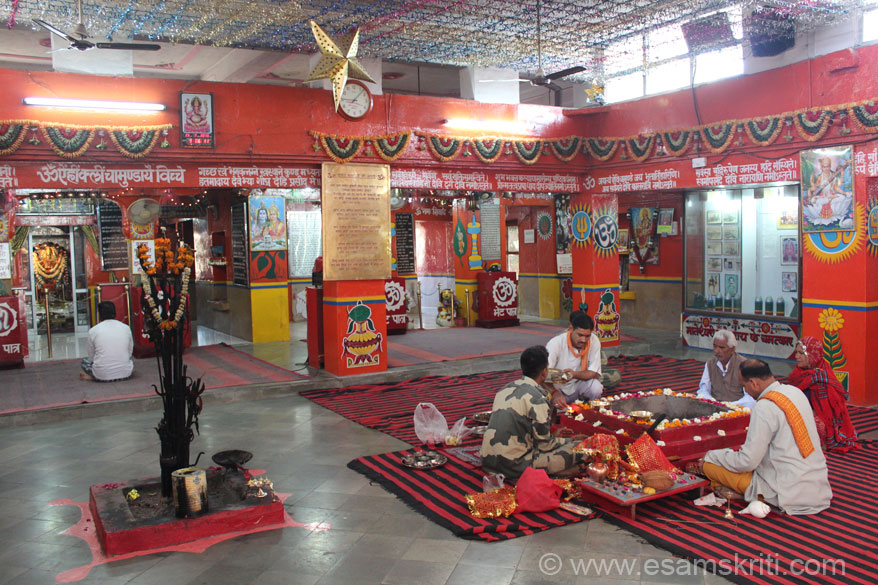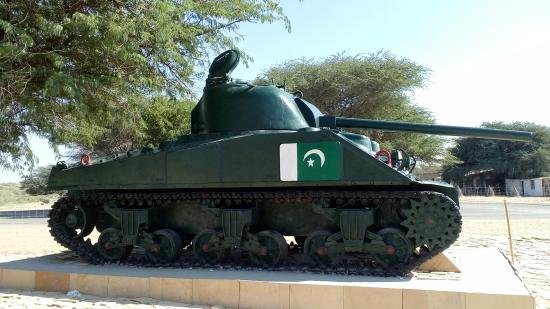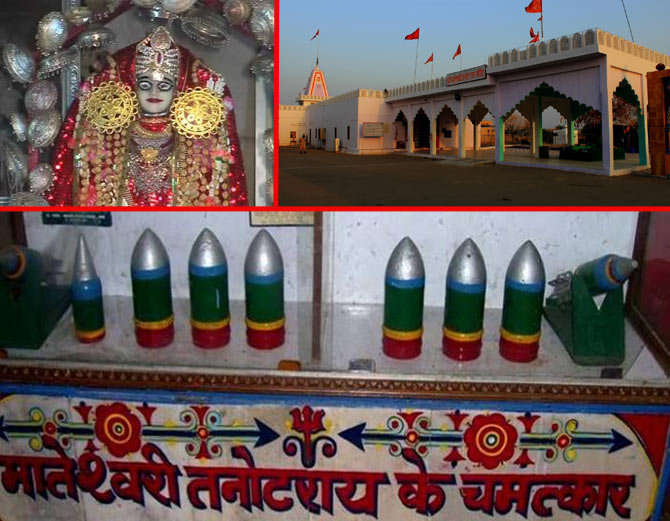A TRIP TO THE GOLDEN CITY OF INDIA - JAISALMER (RAJASTHAN)
If you ever plan to visit INDIA ,you must go to the Golden City Of India that is JAISALMER. One of the most historic and beautiful city of INDIA.
You will find many amazing places here to visit and capture the most beautiful pictures you ever have.
I am briefing abut some of the places-
1-JAISALMER FORT-
Jaisalmer Fort is situated in the city of Jaisalmer, in the Indian state of Rajasthan. It is believed to be one of the very few (perhaps the only) “living forts” in the world, as nearly one fourth of the old city's population still resides within the fort.For the better part of its 800-year history, the fort was the city of Jaisalmer. The first settlements outside the fort walls, to accommodate the growing population of Jaisalmer, are said to have come up in the 17th century.
Jaisalmer Fort is the second oldest fort in Rajasthan, built in 1156 AD by the Rajput Rawal (ruler) Jaisal from whom it derives its name,and stood at the crossroads of important trade routes (including the ancient Silk road).
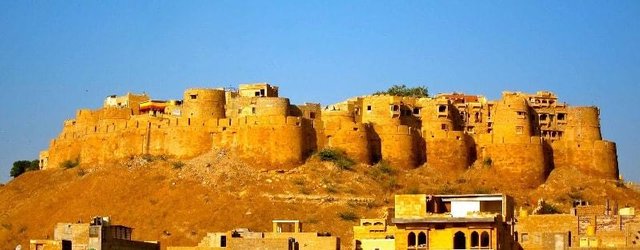
2- GADSISAR SAGAR LAKE-
This is a man-made water reservoir, Once the Gadisar Lake was the only source of water in Jaisalmer City. It was constructed by the first ruler of Jaisalmer, "Raja Rawal Jaisal", it is surrounded by temples and ghats (banks). One can spend some peaceful time in the serene surroundings of the lake or choose to go boating as well. Boating and watching calm water in their natural surroundings can be a great experience with everyone at Gadisar Lake.
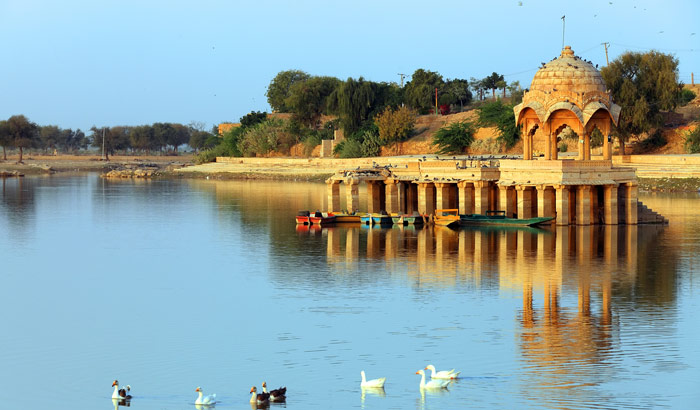
3-PATWON KI HAVELI-
One of the largest havelis in Rajasthan, Patwon ki Haveli is a cluster of five small havelis inside it. Started by Guman Chand Patwa, a wealthy banker, Patwon ki Haveli took almost 55 years to be built and was completed by his sons.
The haveli is dipped in an enchanting shade of gold and instantly draws your attention to the intricacy of its architecture. It is most famous for its fine wall paintings, beautiful jharokhas (balconies), archways and gateways.
A walk through the haveli should not take more than an hour, and this can easily be covered in a city tour.
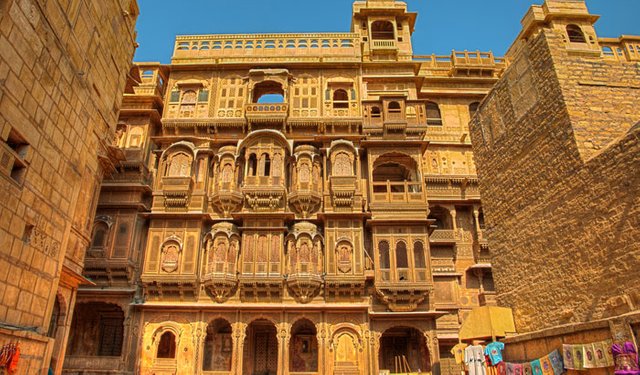
4- RANI KA MAHAL-
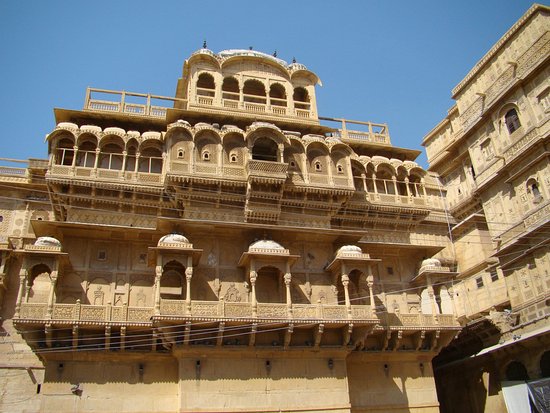
5- SAM SAND DUNES-
Your journey to Jaisalmer City would not be complete without visiting this place.
Sam Sand Dunes is 41 km away from Jaisalmer city. It is a must visit place to get the feel of The Thar desart. Take a Camel ride there and enjoy the sunset. A must visit place for Rajasthan trip. If possible try to stay in the desert camp during night and enjoy the sunrise as well.Sand is omnipresent in the deserts. But what you find in the Dunes at Sam is nothing but pure gold. Days are warm, nights freezing,people endearing and culture irreplaceable.
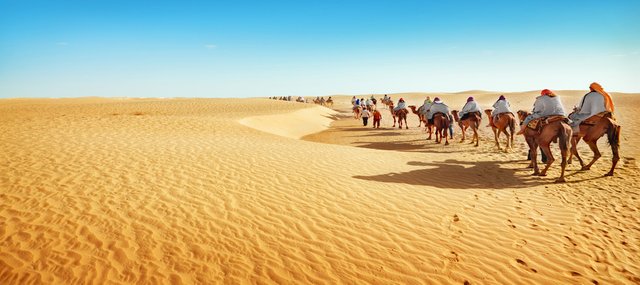
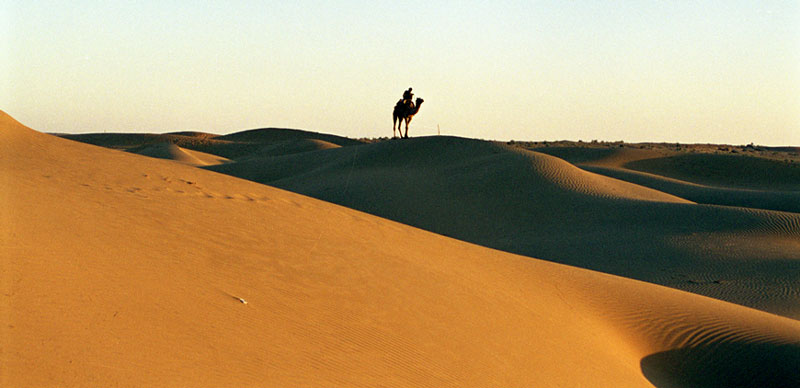
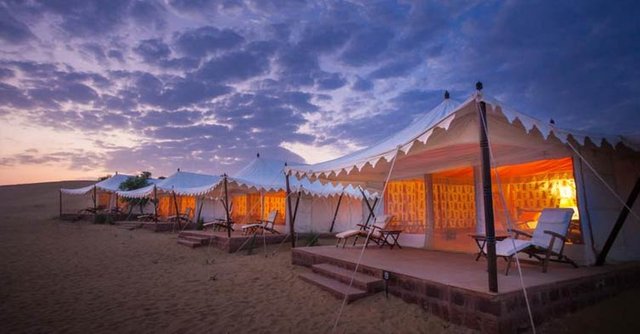
6-BADA BAGH-
Bada Bagh, also called Barabagh (literally Big Garden) is a garden complex about 6 km north of Jaisalmer on the way to Ramgarh, in the state of Rajasthan in India. Overlooking a mango grove sits a set of royal cenotaphs, or chhatris, of Maharajas of Jaisalmer state, starting with Jai Singh II (d. 1743).
A descendant of Maharawal Jaisal Singh, the founder of the state and Maharaja of Jaisalmer State, Jai Singh II (1688–1743), commissioned a dam to create a water tank during his reign in the 16th century. This made the desert green in this area.
After his death on September 21, 1743, his son Lunkaran built a beautiful garden next to the lake and a chhatri (Hindi for cenotaph) for his father on a hill next to the lake. Later on, many more cenotaphs were constructed here for Lunkaran and other Bhattis. The last chhatri, meant for maharaja Jawahar Singh, dates from the 20th century and remains unfinished after Indian independence.

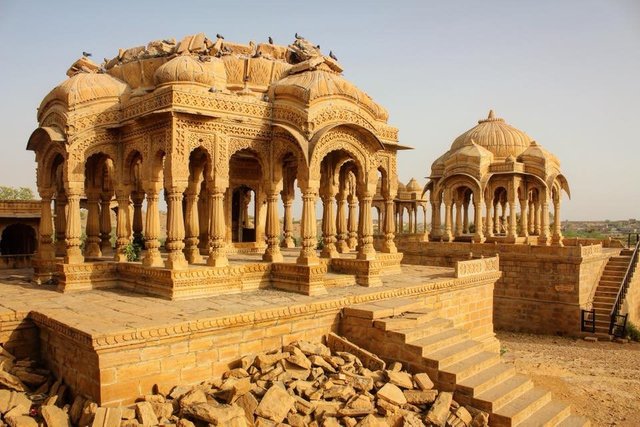
7- TANOT MATA TEMPLE-
This is very interesting place to visit.The history of this temple will amaze you like anything.
Tannot Mata is new clone of divine goddess Hinglaj Mata, and than after Tannot Mata becomes Karni Mata, And known as Goddess Of Charan's.
Tannot Basically The village is close to the border with Pakistan, and is very close to the battle site of Longewala of the Indo-Pakistani War of 1971, indeed some credit the temple for the outcome of the battle.
Tourists cannot go beyond this temple to see the Indo–Pak Border unless one gets the relevant documentation in advance from the District and Military Authorities. It is now a tourist destination in India. The area is said to have oil and gas reserves.
HISTORY:-
It is said that during the Indo-Pakistani War of 1965, Pakistani Army dropped over 3000 bombs targeting the temple but not even one exploded! The Pakistani Tank regiment was stupefied and kept shelling but not one bomb exploded. After the war the Pakistani General actually asked his counterpart in India about this incident and on knowing the story of the power of the temple that apparently protected the area he asked to see this place. This request was granted and the Pakistani General actually went to the temple and paid his respects and acknowledged the supernatural happening. After the war the temple management was handed over to Border Security Force of India on their request and to date the temple is maintained and manned by the BSF soldiers. The temple has a museum which has collections of the unexploded bombs that were shot by pakistani tanks. In 1971 again when Pakistan and India went to war this area was again targeted by the Pakistani Tanks for 4 days but again all the tanks were stuck in the sand and the Indian Air Force picked them out easily by bombing them where they stood as they were unable to move even one inch. Over 200 pakistani tank troops were killed here and the majority actually left their stuk tanks and ran for their lives. This Temple has protected the area that is only 10 km from the border outpost and the faith is such that the army and BSF soldiers still stop at this temple and apply the sand on their foreheads and also to their vehicles which keeps them safe and their journeys fruitful. The legend is since 1965 and was re-affirmed in 1971 and it is a recorded fact that each and every enemy soldier who dared to attack this area was killed. The Population of Tanot Village is 492 Person having 49 Household.
